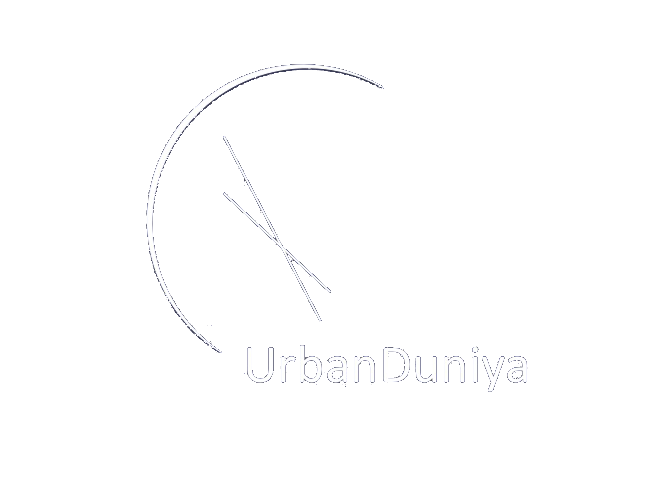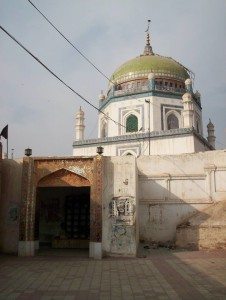
A sufi shrine in Multan
Multan and Southern Punjab
Southern Punjab is a wide open land of farms, river plains and deserts. The climate is harsh; exposed to the elements, this region is warm in the winter and swelters in the hot dusty summer. Bound by the ruggedly barren Balochistan to the southwest, the lonely, scorching Cholistan/Thar desert to the southeast, and the pancake-flat agricultural plains stretching north to Lahore, Multan has for long been somewhat isolated from the rest of Punjab. Perhaps as a result, this region has traditionally been less prosperous than northern Punjab.
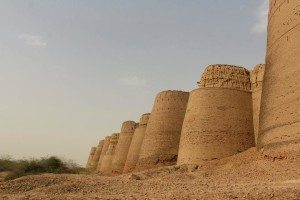
Derawar Fort
However the tyranny of the local environs seem to have bred a unique culture of hospitality, ascetic religious devotees and a culinary tradition which makes use of the ingredients available – nuts, dates, mangos are all associated with this area. Add to this the local tongue of Saraiki (a sort of crossover between Punjabi and rural Sindhi), and this region could be one of Pakistan’s most rewarding for the culturally-inclined.
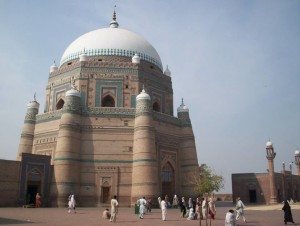
Rukn-e-Alam, Multan
Multan
Multan is known in Pakistan as the city of saints, and it’s easy to see why; the metropolis is studded with scores of shrines paying tribute to pirs, masters, adherents and preachers of the mythical Sufi interpretation of Islam. Sufi monuments aside, Multan is home to a delicious saccharine spin on Punjabi and Pakistani cuisine – sweet toothed visitors rejoice – and if you’re approaching from the north it is the gateway to the Seraiki belt of southern Punjab.
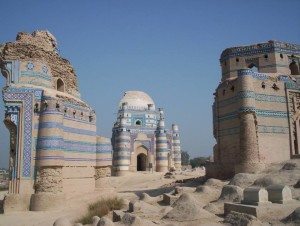
Tomb of Bibi Jawindi, Uch Sharif
Uch Sharif
Uch Sharif, also known as Uch, is built on the site of Alexander the Great’s city of Alexandria on the Indus. Hardly anything remains of that civilisation’s metropolis, but Uch Sharif is home to the spectacularly crumbling tombs of Sufi saints Bibi Jawindi, Baha’al-Halin and Jalaluddin Bukhari.
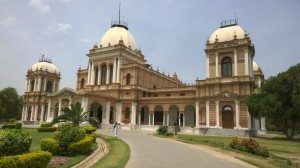
Noor Mahal in Bahawalpur (Image: Naheed Asim)
Bahawalpur
On the edge of the Cholistan Desert (known as the Thar in India), Bahawalpur’s location means it shares cultural similarities with the former princely states of Rajasthan. Palaces and forts make up the attractions here, with the imposing walls of the Derawar Fortress dominating the desert landscape for miles around, and acting as something of an icon for this desert city.
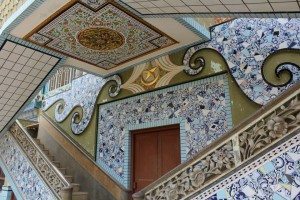
Bhong Mosque’s tilework
Rahim Yar Khan and Bhong Mosque
Often neglected by travellers who don’t bother to make the extra trek southwards, Rahim Yar Khan is hot and dusty, without any major attractions to note. Those that do come here are often passing through on the way to Sindh, or more commonly, planning to see the elaborately styled Bhong Mosque in the village of Bhong, fifty kilometres to the southwest.
Before travelling to Pakistan, it is essential that you make yourself aware of current events, preferably from as many sources as possible. For safety advice, it is recommended that you read the Australian Government’s Smart Traveller Travel Advisory for Pakistan, the British Foreign Office’s Pakistan Travel Advice, or your government’s relevant department.
